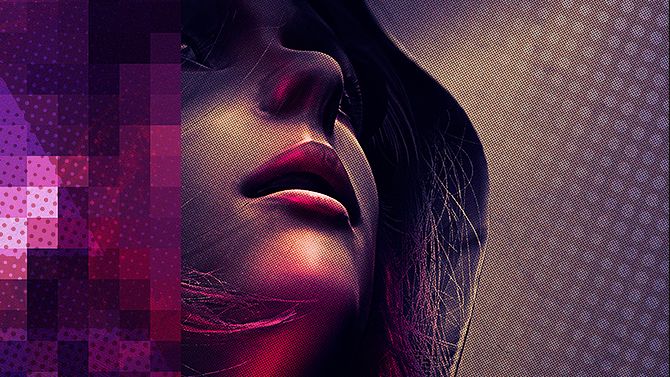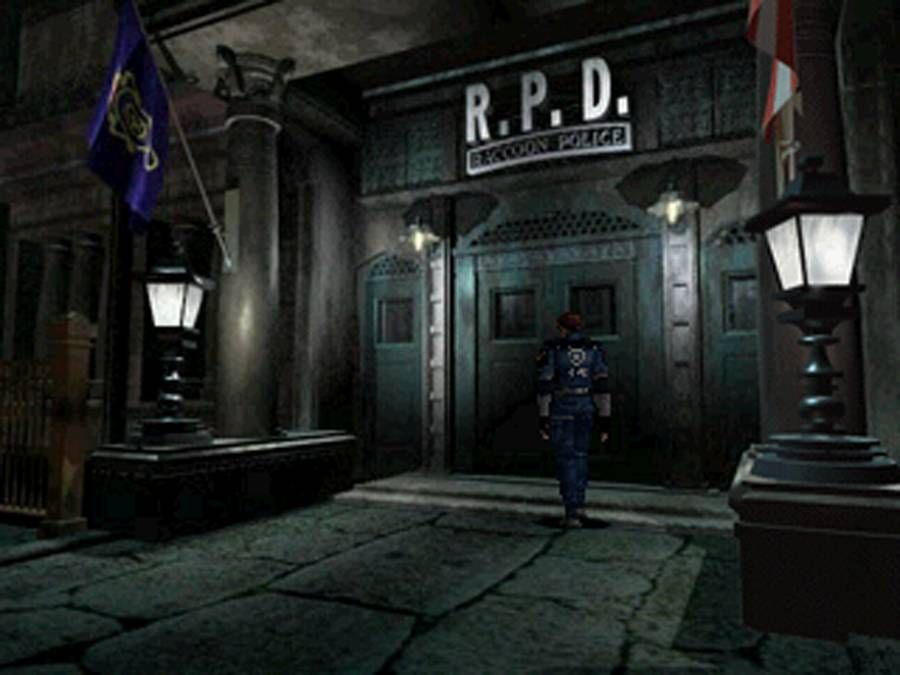Nowadays, many players take camera control in games for granted. Being able to directly influence where you can move the camera helps stabilize player control and lets the player choose what they want to see. For a long time though, games have had difficulty giving the player full control. Even lovers of classics like Super Mario 64 can admit that the camera is quite wonky at times.
When games took the jump to 3D, some developers felt that they had to find a way to tell a story in 3D without having to put in a possible game-ruining camera system. That led to the birth of the fixed camera angle in games, which is when each room of a game has a fixed angle, showing only a limited section of play area. While this kind of camera has since been thought to be outdated, recently playing through the stealth-action game République has proven to me that fixed cameras could add much more to modern games than one might think at first glance.
The first game credited with inventing the fixed camera angle in games was Alone in the Dark, which released in 1992 for DOS, and was later ported to the PC-98, Panasonic 3DO, and Mac. It focused on the player character (either Edward Carnby or Emily Hartwood), who was trapped inside a haunted mansion named Derceto. As the player would enter new rooms, the camera would change into set positions for a more cinematic experience. This kind of camera made the game much more immersive and scary for many when compared to the more basic 2D games of the era. While Alone in the Dark was a success, the fixed camera would not become mainstream until it was pioneered by another horror game that used it: Resident Evil.
Resident Evil would be the first experience for many games with a fixed camera system, and it would start to be used much more in the years following Resident Evil's release. Main series Resident Evil games would use the fixed camera until Resident Evil 4, which instead opted for an over-the-shoulder third person camera.
The trend for fixed camera games would continue in the years since, with games such as point-and-click adventures (like Grim Fandango), Final Fantasy VII, and Metal Gear Solid 2: Sons of Liberty and more proving that this camera could be used in other genres to create amazing, cinematic experiences. The only problem many had with this type of game was tank controls and other issues, leading to situations where players were faced with cumbersome and slow-paced control options for their characters. Despite this, some would argue that it gave games such as Resident Evil a more tense feeling, and would negate problems that would be caused by the camera suddenly changing, which could mess up how the controls worked.
As time went on, fixed cameras became less prevalent in games. As stated before, many games, including horror games like Resident Evil 4, would instead use an over-the shoulder 3rd person camera, or finally give players full camera control. Players who were sick of tank controls also jumped ship and liked it more when they could have full control of their characters while using only one control stick. Even action games at the time which used fixed cameras, including Devil May Cry and God of War, used it sparingly, with the camera moving around more to follow the action.
The fixed camera has been mostly abandoned recently, with only a few exceptions, such as the horror adventure game White Night: a scenario that had caused me to not even consider its potential in modern games that instead use controls with the player's direct control. However, after playing République and seeing its innovative fixed camera system, that made me want to call for the return of fixed cameras in modern games today.
In République, which was developed by Camouflaj, you are helping a girl named Hope escape a facility called "Metamorphosis" in a dystopian, totalitarian state. You are contacting her through a phone which was sunk into her cell by one of her companions. Luckily to escape, you are able to hack into security cameras, and scout ahead to plan Hope's next movements. The security camera footage mimics the fixed camera angles in games such as Resident Evil, but you can hack into a variety of different things to make your journey easier, all while controlling Hope and her actions.
This puts a very neat spin on the fixed camera, giving it a practical reason to be fixed -- being a security camera and such -- and also giving player slight control of it. This gives the player enough control of the camera to make it feel important to the players, and also opens up unique opportunities, with players being able to use it to find things to hack and mess with in order to help Hope escape.
Giving the player the ability to interact with the environment through the lens of the fixed camera created a gaming experience that is unlike anything I had played before. République's use of the fixed camera proves that they can still be used in unique ways 24 years after their inception to create a very tense, fun to play, and rewarding game.
Imagine playing a Resident Evil game where the player could have similar abilities to what they have in République, and would have to help characters out of a zombie infested skyscraper. It would add to the rigidity of the situation, but also add another layer onto the game while calling back to the series' roots. While Resident Evil is clearly going in another direction, this would still be interesting to see.
With VR now finally breaking onto the gaming scene, that also opens up many opportunities for fixed cameras in games. Imagine the Resident Evil-type scenario explained before, but one must use a VR headset to look around and act as a security camera. AR (augmented reality) technology could even be used to project the fixed camera angle in front of the player, allow them to analyze the situation like they are actually there: or project multiple rooms at once, as if the player was head of security. Think Star Fox Guard, but with fixed cameras and in AR.
There are so many interesting things that can still be done with a fixed camera in games, despite their roots in games from a decade ago. While getting over awkward tank controls may be hard for some, if executed right, fixed cameras can be innovative and more immersive than ever before. Who, knows, maybe if we keep developing games with fixed cameras, we could finally find a better alternative to tank controls?
Playing République will show you that fixed cameras can still be used to portray interesting things, such as spying, hacking, and analyzing, proving that there is still much more to found and uncovered with the fixed camera in modern games. If developers could implement fixed cameras interestingly, then it would enhance the experience, and make the player feel more involved.
If I had just been playing as Hope, sans camera, in République, the game would not have been nearly as engaging. The addition of the interactive fixed camera is something that I didn't know I wanted in a game before playing République. Having control, but still being fixed to certain angles creates a certain feeling that not many games can properly get across these days. I now realize that fixed cameras have a lot of untapped potential, and are something that I want developers use more of in the future.




